The sizzle as you drop the meat on the hot grill. The burst of smoke as it hits the grate. The aroma that immediately fills the air. This is what Americans dream of. Some call it grilling, others call it barbecue, but all call it delicious.
Today I want to share some information with you about the benefits of eating grass-fed beef, explain the difference between grain-fed and grain-finished, and compare the grass-fed beef from New Zealand to what I can find locally.
Let’s start with the taste test … A couple of weeks ago I was selected to participate in a review of grass-fed beef from Marx Foods. I have eaten a lot of grass-fed beef from California and Oregon and looked forward to comparing those to the beef from New Zealand. Two beautiful New York Strip steaks arrived on my doorstep and I made plans to prepare them for dinner. The Artist was a very happy man!
The first thing I noticed when I opened the package was the deep color of the meat. It was a darker red than normal, firm with a tight grain and little marbling. We have been told that marbling equals tenderness, but if you have high quality beef, it isn’t necessary. Score one for grass-fed!
The aroma was clean and pure and very subtle with none of the “off” scent you often get with regular beef. If anything this smelled closer to fresh veal than beef. Really interesting! Clean living must agree with cows LOL!
I seasoned the steaks very lightly with just salt and pepper so that we wouldn’t mask the real flavor of the meat and cooked them on our outdoor grill. Grass-fed beef does cook a little differently than conventional beef, mostly because it has less fat running through it. Watch it carefully and use an instant read thermometer to gauge doneness. If you like your meat medium-rare, cook it to 135°F, pull it off the heat, tent with foil and let the residual heat bring it up to the optimal 140°F. NOTE: If you want the best flavor, texture and quality for your beef, never cook it above medium-rare!
I had forewarned The Artist that this dinner was a scientific experiment (which appealed to his curious nature, ha ha). He has learned after living with me for so many years that sometimes we need to pay close attention as we eat our meal, taking notes, and focusing on aspects of the food that you normally skip right over. We noted the texture, flavor, aroma, color, and whether the beef changed as it cooled on our plates.
I have to say right off the bat that the flavor of this steak was outstanding! Rich and satisfying, everything you look for in a great steak. Beef takes on the characteristics of the areas in which they are raised. For example, those that graze on grass that is near the sea may have a slight fishiness in the finish. There were no off-flavors in these steaks, just absolute pure beef flavor.
The texture was nice and chewy with just the right amount of resistance for the perfect bite. You can see in the photos the grain of the meat and how beautiful it was. This steak was consistent from one end to the other with no gristle or pockets of fat.
Because of the intense beef flavor and quality of these steaks, I could only eat half of mine and I felt completely satisfied. That gave me leftovers to make steak sandwiches with the next day. Grass-fed beef is quite expensive (I am hoping the price will go down as the demand increases) and if you are used to eating huge portions, this could bust your budget. But you can get more servings per pound, so that will help justify the cost!
The steak held up well overnight with refrigeration and tasted very good both cold and rewarmed. The only downside was that it got a tiny bit tougher with the reheating, not unusual with beef. As a matter of fact, the top photo and those shot on the black background were the leftover steak. Aren’t they beautiful!
I have to agree with the folks from Marx Foods that the purity of the air, clean water, and pristine grasslands of New Zealand translate to one heck of a great steak. I honestly tried to find something negative about these steaks, but I couldn’t. This beef is worth every penny!
Now for the educational portion of our program … if your eyes roll up in your head when you think about science class and you don’t want to learn about the healthy aspects of grass-fed beef, feel free to click on the Recipe Lists tab at the top of the page and go shopping for a fun recipe to try. I won’t mind 🙂
A couple of months ago I attended a panel discussion organized by the San Francisco Professional Food Society on the benefits and challenges of grass-fed beef. What an eye-opening evening. I have experienced grass-fed beef and was curious to learn more about the practices, health benefits, and how it differs from traditionally raised cattle production.
The distinguished panel was comprised of some of the most renown people in the industry and included Bill Niman (natural meats pioneer, founder Niman Ranch), Dr. Cynthia Daley (Professor, Organic Dairy Program, Chico State), Clint Smithlin (VP for Meat Programs, Safeway), Marsha McBride (Chef/Owner, Café Rouge, Berkeley), and Bonnie Powell (Bon Appetit Management). Television personality and meat visionary Bruce Aidells moderated the discussion.
Just two generations ago, Americans ate only grass-fed beef. All cattle was raised in pastures, happily grazing on native grasses. They were sent to the butcher one at a time to feed the families who raised them. There was no need for antibiotics or growth hormones and we were all healthier.
Then someone decided that if they fattened the cattle on grains, they would get bigger faster and bring in more money. Growth hormones sped up the process even more. Industry leaders developed the ranching practices we see today. Cattle no longer have the large tracts of land to graze on and live in much more constrained environments.
The animals need antibiotics to keep them healthy, eat a diet they have trouble digesting, and are often butchered in ways that cause the animals great stress. When the animals are stressed, their natural cortisol levels soar. All of this translates to meats that have gotten progressively less healthy for us.
Grass-fed beef is naturally good for us to consume. It is high in beta-carotene, Vitamin E, calcium, magnesium, potassium, Omega-3s and other antioxidants. It has lower levels of inflammatory Omega-6s and is lower in saturated fats that have been linked to heart disease. We could happily eat a balanced diet including red meat without doing any harm if the meat is grass-fed!
You have heard the phrases “grain-fed” and “grain-finished” in regards to how cattle are being raised. Grain-fed is where they feed the cattle primarily grains (usually corn and soybeans) instead of grasses. This is unhealthy for the cows, it makes them sick and gives them gastric distress. It also changes the cellular composition in the muscles, changing the healthy Omega-3s to dangerous Omega-6s!!
Being grain-finished means that after eating only grasses for most of their lives, the cows are switched to grains to fatten them before slaughter. Although the marketing is promoting the fact that the animals have been raised in pastures (or pastured), the real question to ask your butcher is “how long do you finish the cattle on grain?” It only takes 30 days of eating grain for the transition of Omega-3 to Omega-6. One month and they have undone all the good of the pasturing!
This is just skimming the surface of all the information and scientific proof that grass-fed beef is better for us, the animals, and the environment. If you would like to read more, leave a comment below and I will email you links to more in-depth articles.
Create a New Tradition Today!
Disclosure: I was provided grass-fed beef for review purposes. I was not compensated for this post and, as always, all opinions are my own.
Unauthorized use, distribution, and/or duplication of proprietary material from The Heritage Cook without prior approval is prohibited. This includes copying and reprinting content and photographs. If you have any questions or would like permission, I can be contacted via email at theheritagecook (at) comcast (dot) net. Feel free to quote me, just give credit where credit is due, link to the recipe, and please send people to my website, www.theheritagecook.com. Please see the Disclaimers page for additional details.
Thank You!
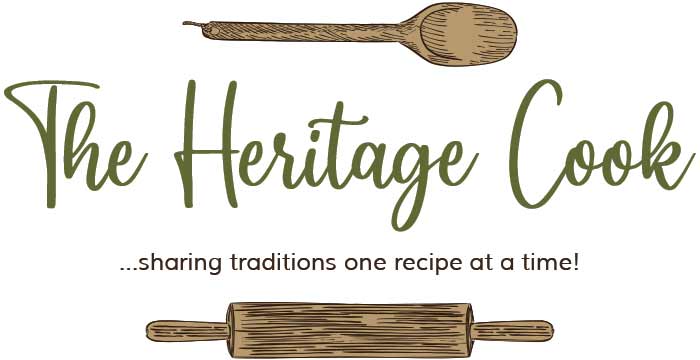
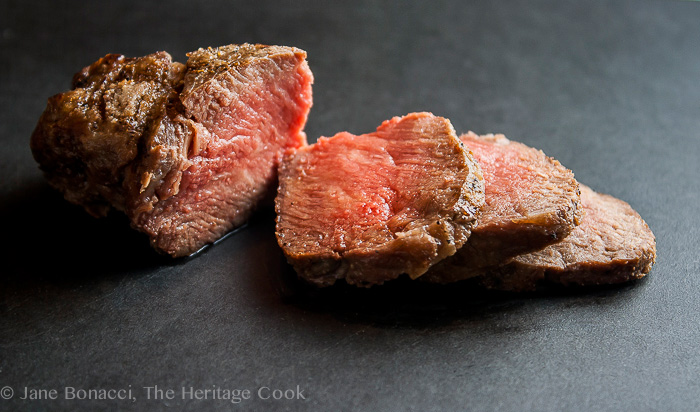
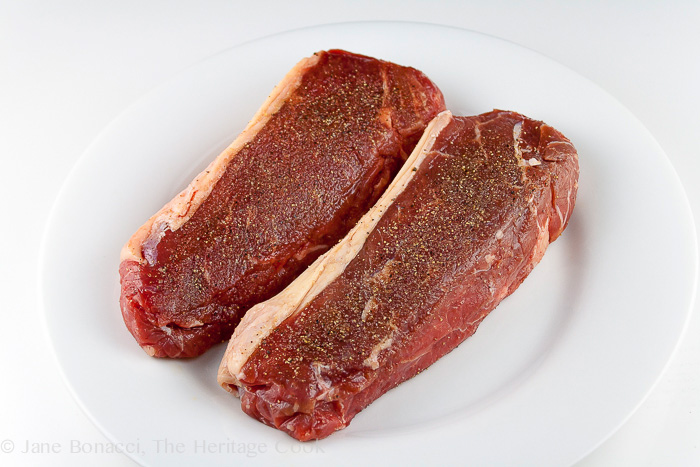
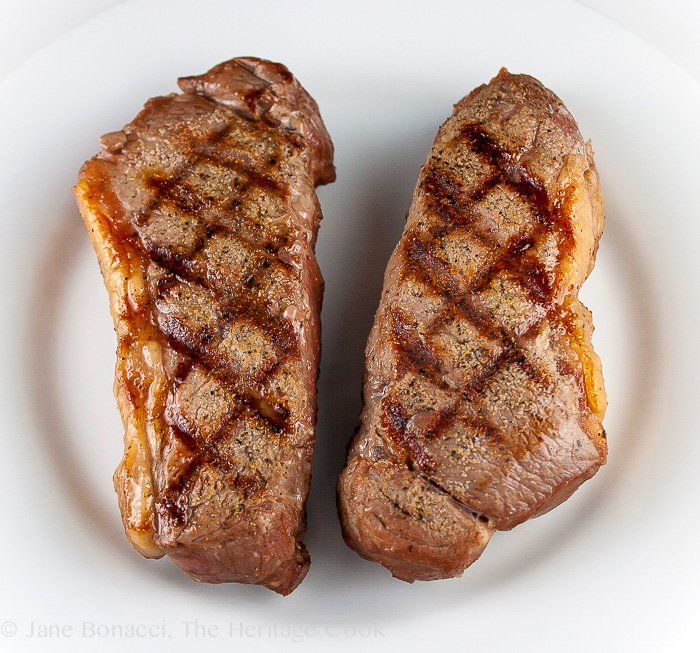
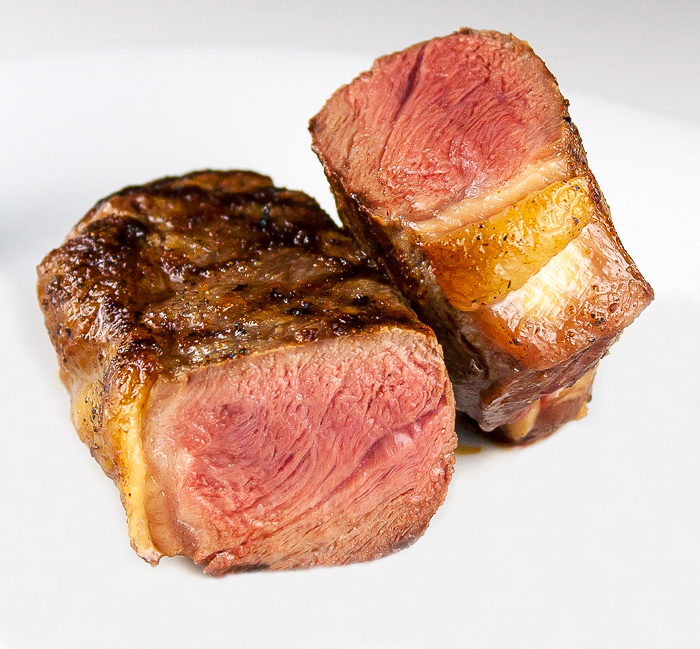
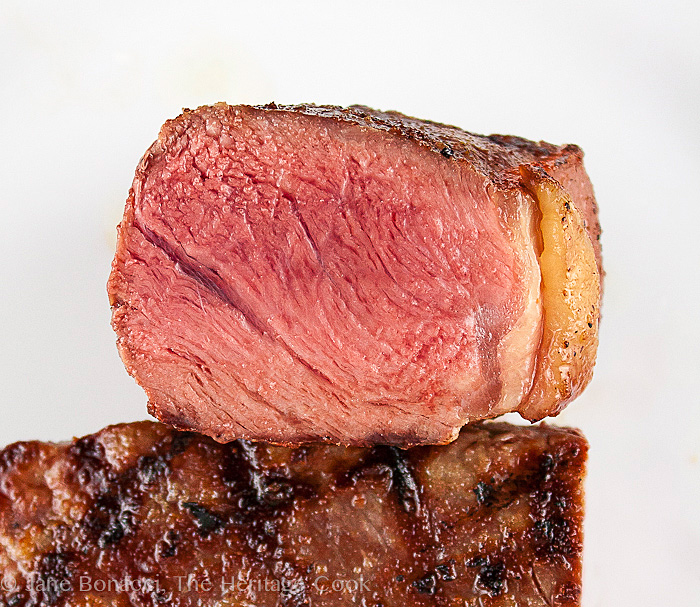
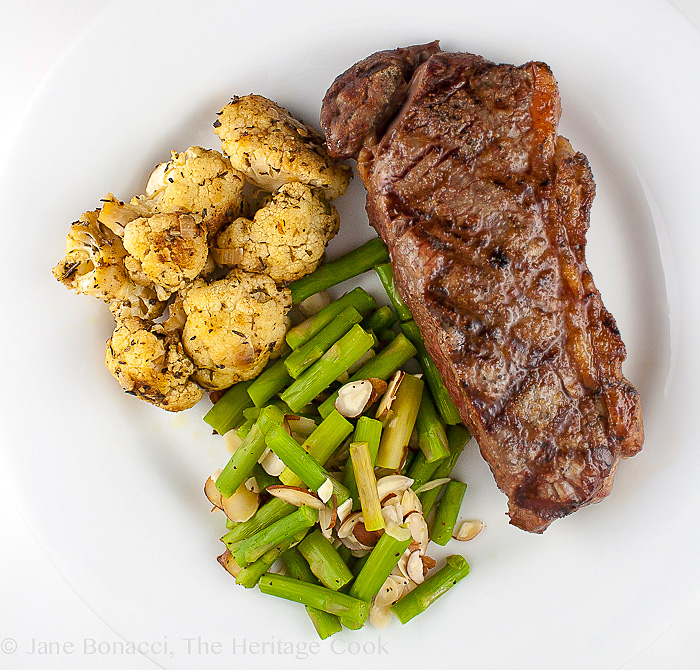
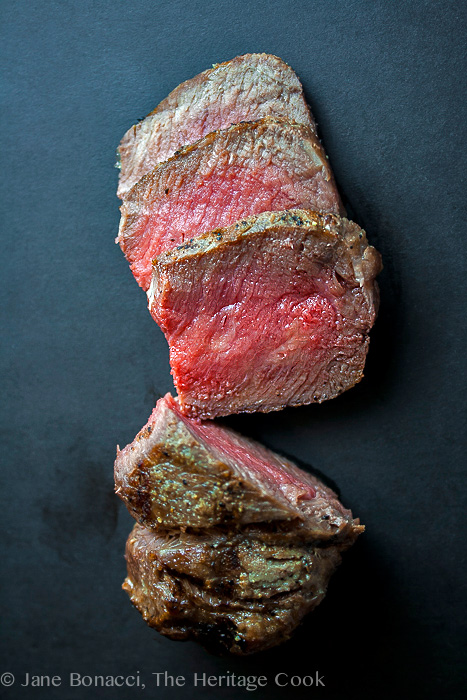
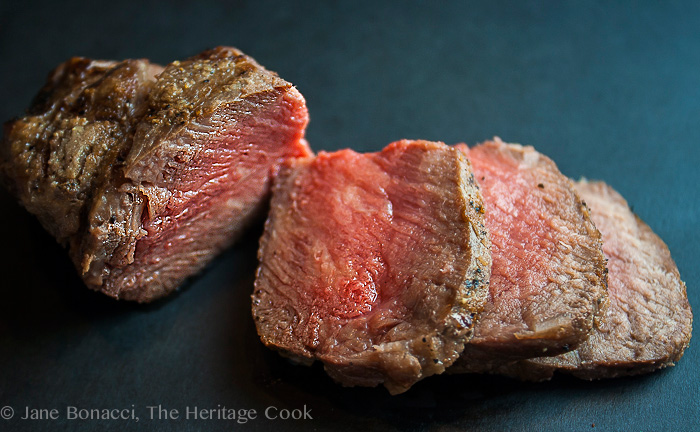
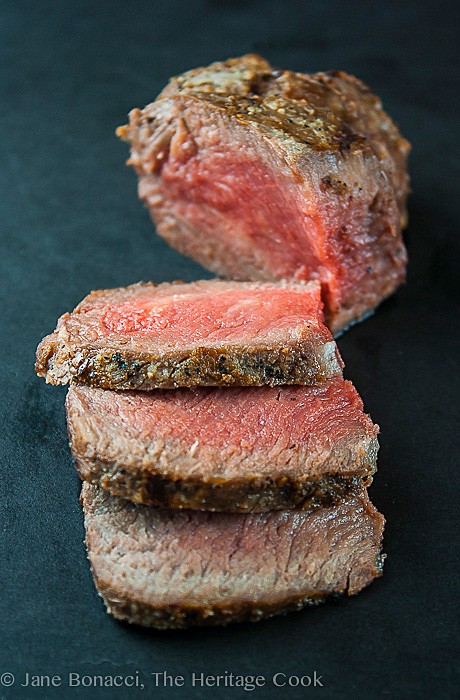

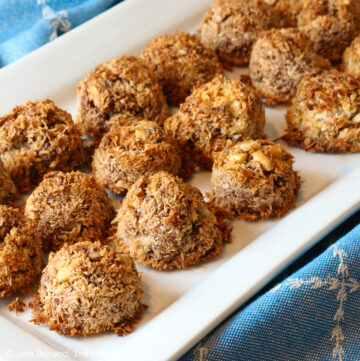
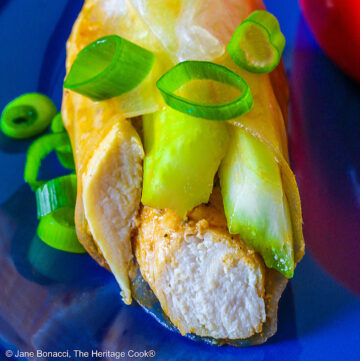
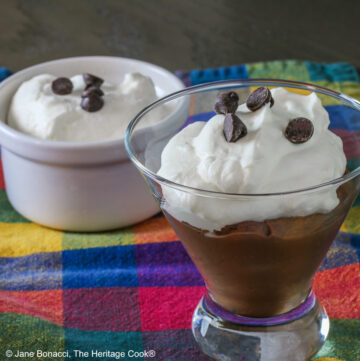

Beth (OMG! Yummy)
Great post – a lot of effort went into it with a lot of good info coming out of it! Favorite photo is on the gray background. Nice work!
Jane Bonacci
Thank you so much Beth! I have been wanting to write this post for awhile and this opportunity was perfect. I’m glad you enjoyed it. And I agree, the photos on the dark background are my favorites too!
Sabrina Modelle
Brava, Jane! Fantastic article and OMG, those photos.
Jane Bonacci
That means the world to me Sabrina – thank you!